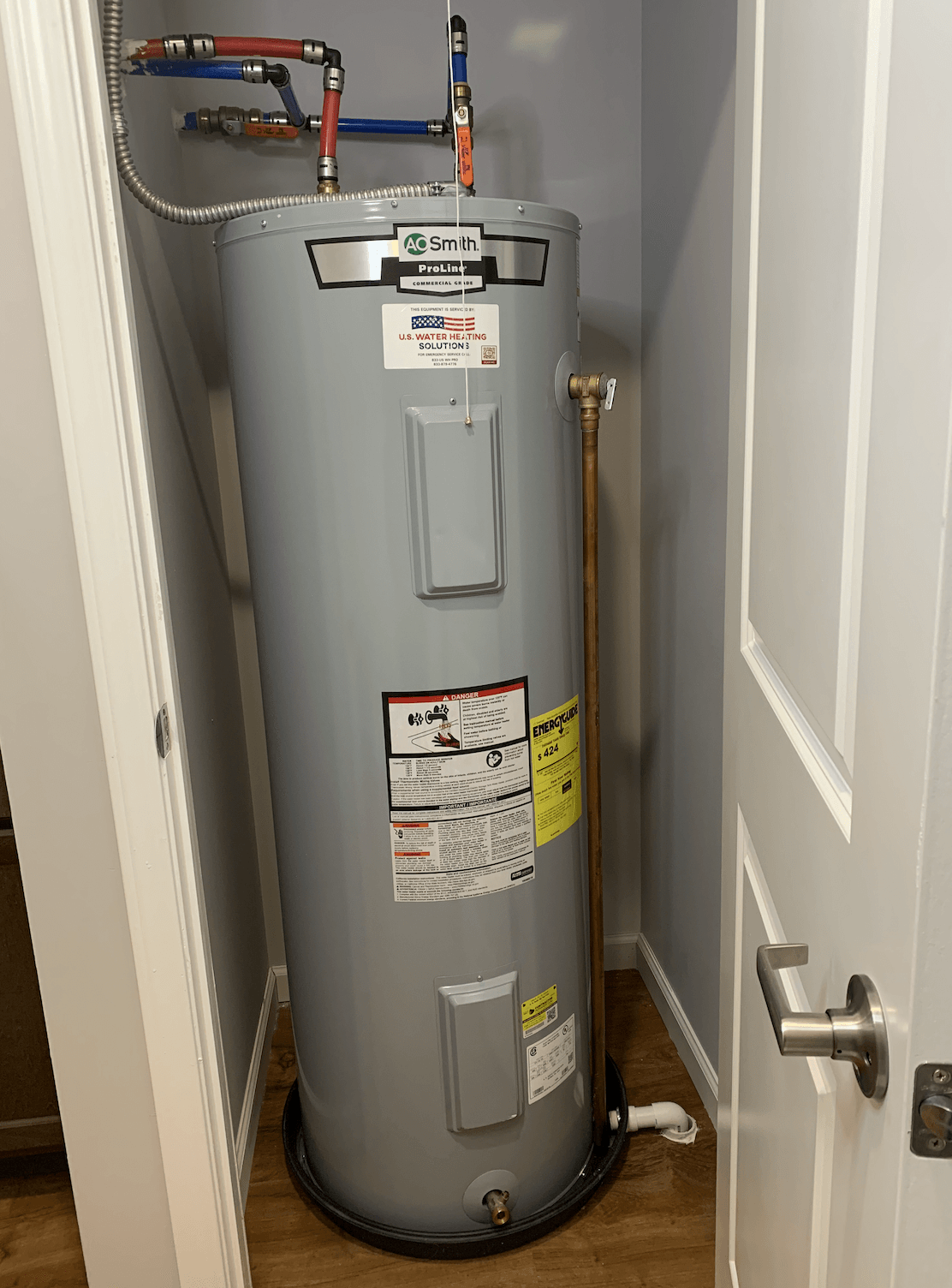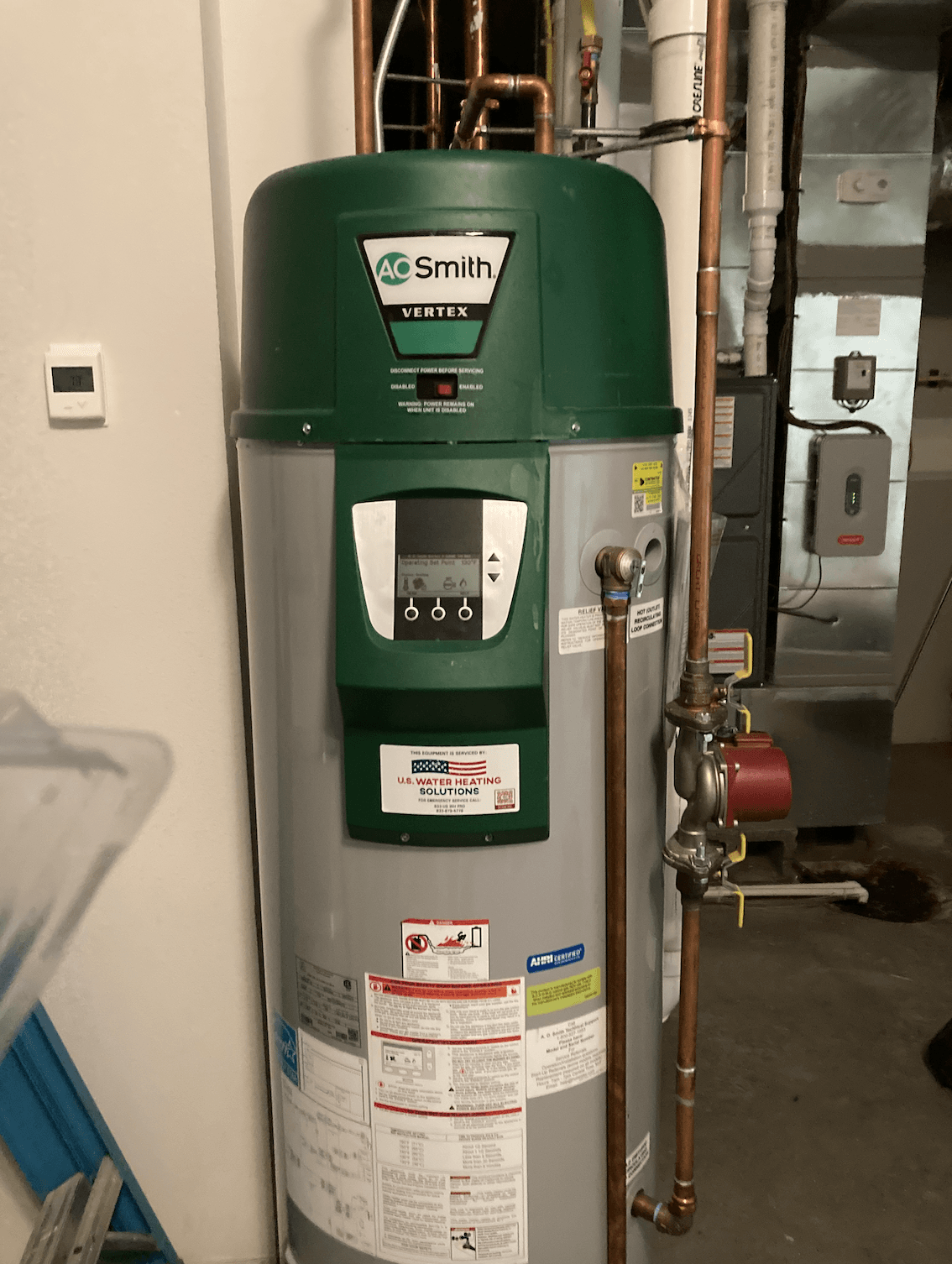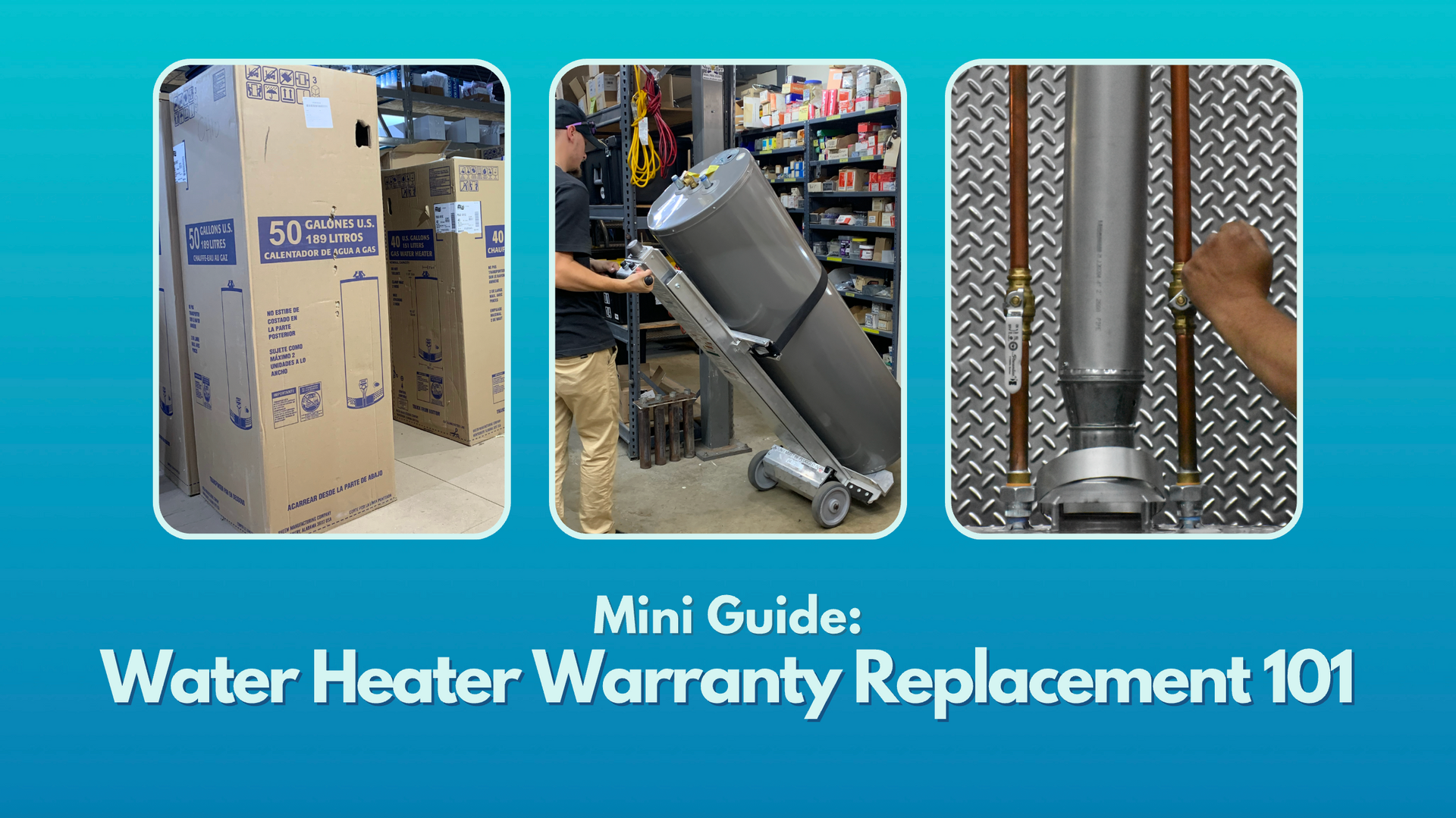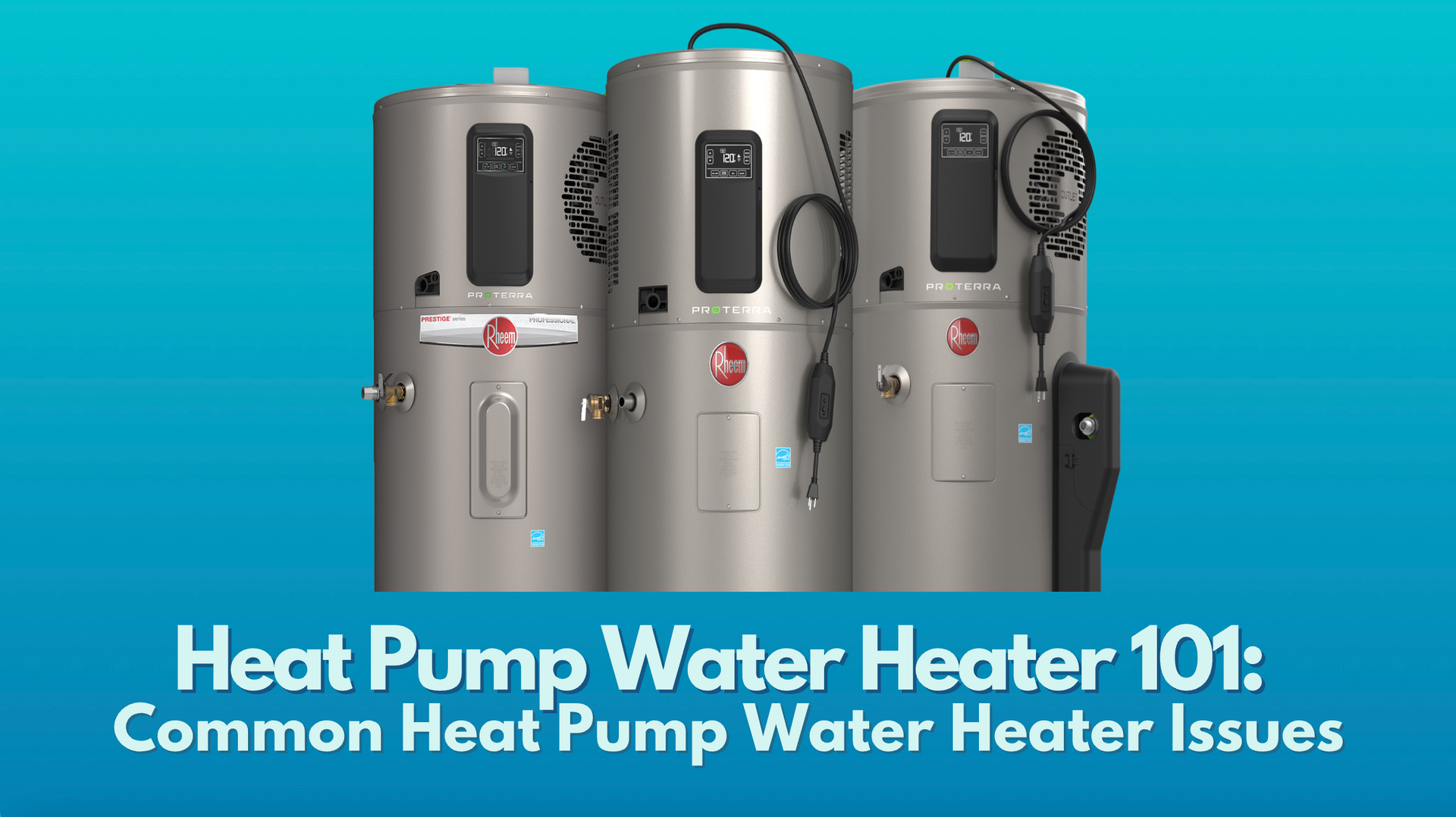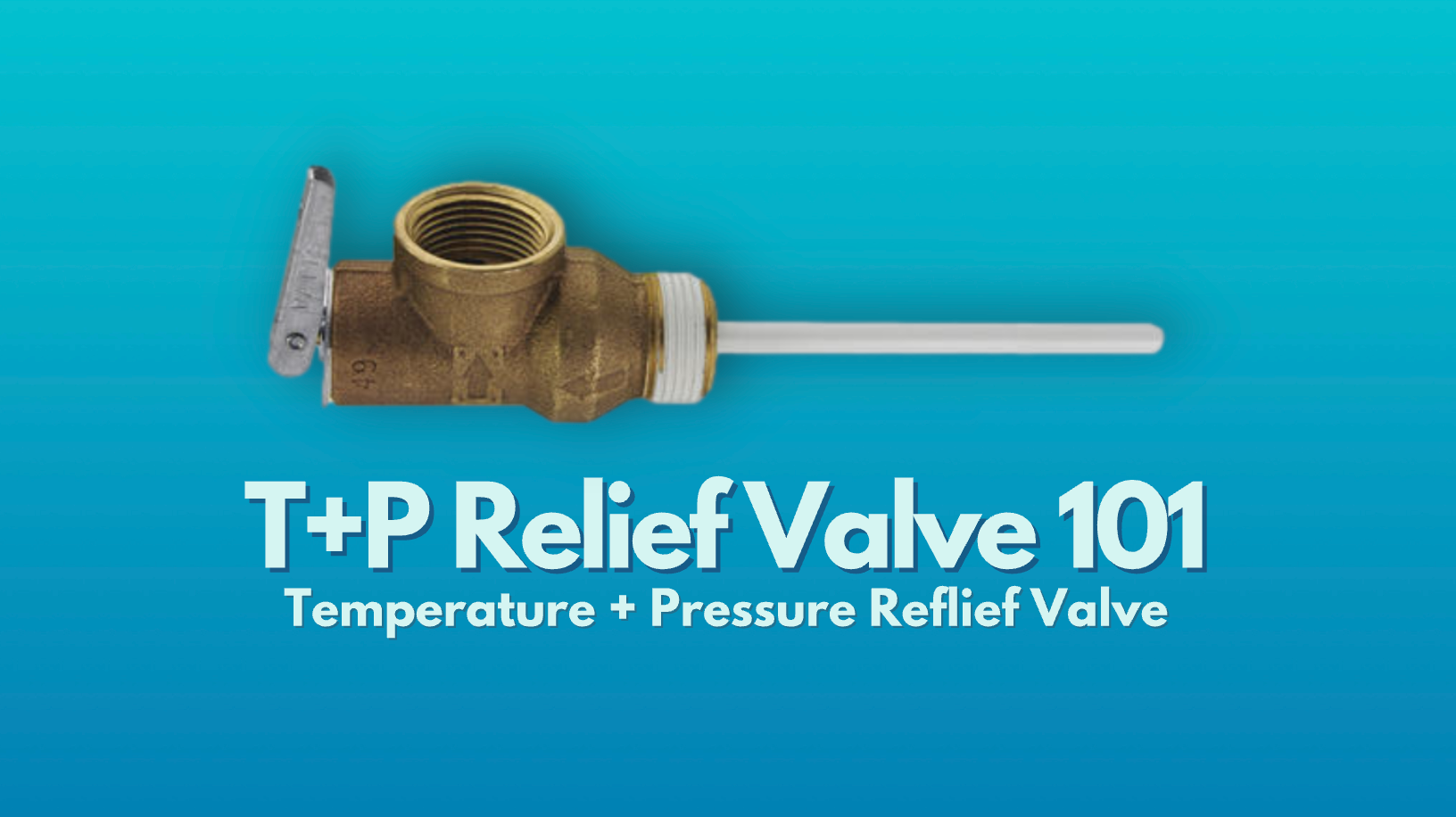Plastic Pipes vs. Metal Pipes
Does My Water Heater Require Metal Pipes or Plastic Pipes?
In plumbing, there are two main types of piping: metal piping and plastic piping. Each type of pipe has specific use cases and the pipe material you choose can have a serious impact on water heater safety and hot water system operations. Let's talk a little more about the different pipe material options to help you select the right material for your water heater installation.
Types of Metal Piping
Copper Pipe
Copper is strong and attractive, so it’s been used to make pipes for thousands of years. However, it’s also expensive and difficult to mine, meaning it doesn’t coincide with an eco-friendly lifestyle. Plus, copper pipe can corrode over time, as with other metal piping.
Prior to copper piping, brass (a copper alloy with similar features to copper piping) was originally used in plumbing systems. Unfortunately, many brass pipes contain lead, which can lead to health problems when used for potable drinking systems, as evidenced by
a 2010 study from Virginia tech; a red hue in the color indicates a higher concentration of copper and lower likelihood of lead in the material.
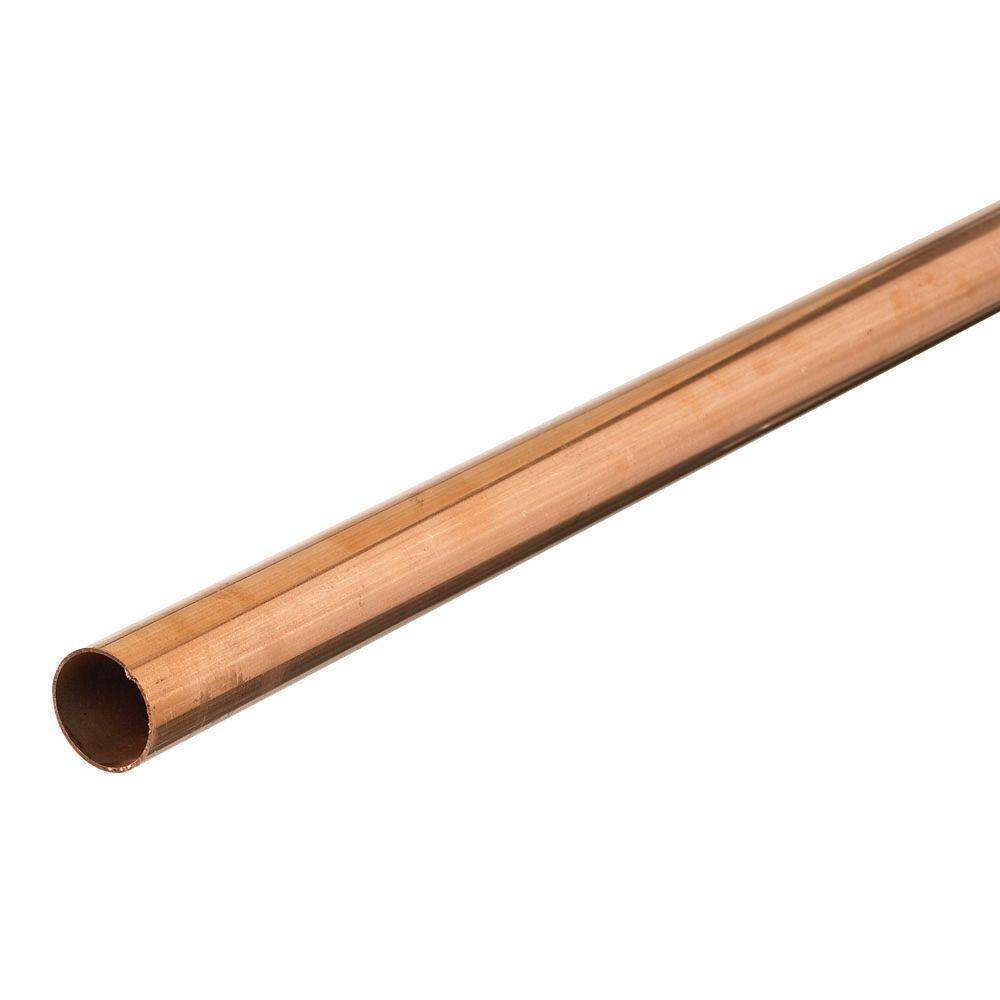

Steel Pipe
Steel is probably the most popular metal used in tubing because of its durability and resistance to rust. There are different grades of stainless steel based on thickness and manufacturing processes. High-end grade stainless steel is typically stronger than other metals and holds up to corrosion better, although it can be expensive.
You will see that there are two main types of steel piping: galvanized steel pipe and stainless steel pipe. Galvanized steel refers to steel that includes a zinc alloy coating and were a popular choice for domestic potable water systems, but they pose a potential risk for lead in the water
according to the EPA.
Cast Iron Pipe
Cast iron pipes (not to be confused with their successor ductile iron pipes) are the strongest and most durable pipes available. However, they’re also extremely heavy and unsuitable for drinking water due to the iron in the material and rust from corrosion (cast iron corrodes more quickly then other metals).
You may find cast iron pipes underground or in industrial settings, but most cast iron pipes get replaced with another material, such as plastic, when the time comes.
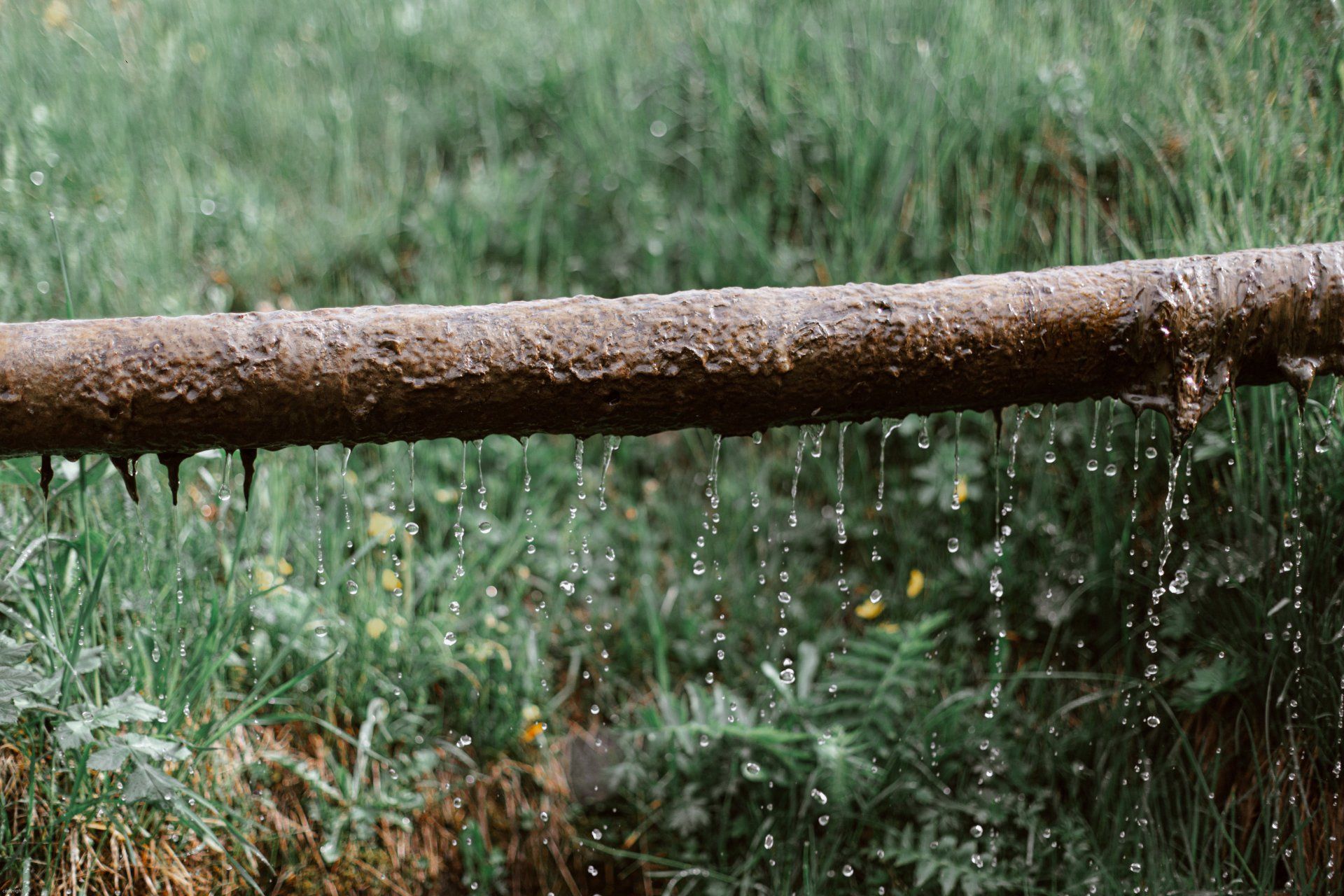
Types of Plastic Piping
PVC Pipe
PVC is a popular type of plastic material used in piping. Like all plastic piping, it doesn’t succumb to corrosion when it encounters water and oxygen. While inexpensive, strong, flexible, and versatile, it has its drawbacks, too. For example, it doesn’t hold up well to UV rays or heat. It also can’t be recycled and is not a popular option for water supply lines. There is also an ongoing debate about whether plastic piping is actually safe.
PVC piping comes in 2 thicknesses:
Schedule 40 PVC piping and Schedule 80 PVC piping
with Schedule 80 PVC pipe being the stronger and more expensive option.
CPVC piping includes a higher concentration of chlorine, making it suitable for hot water. Of course, CPVC costs significantly more than standard PVC piping.
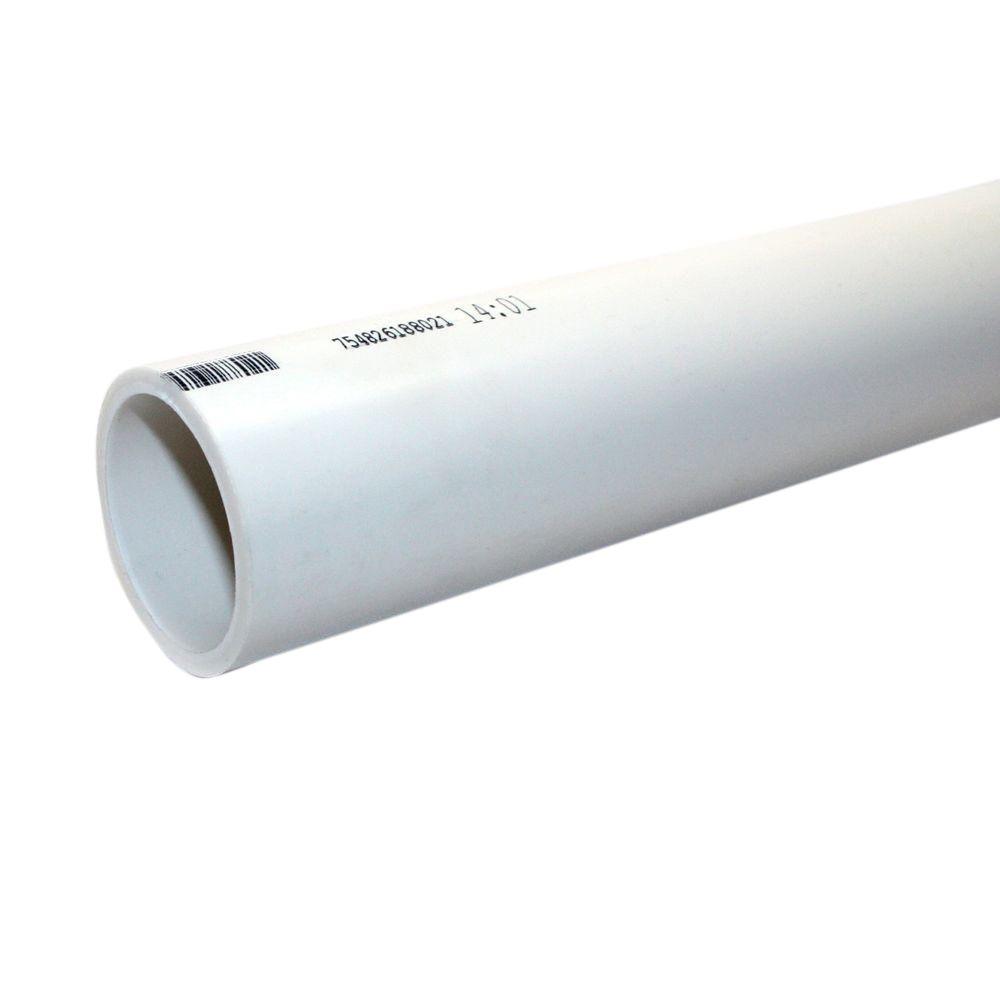
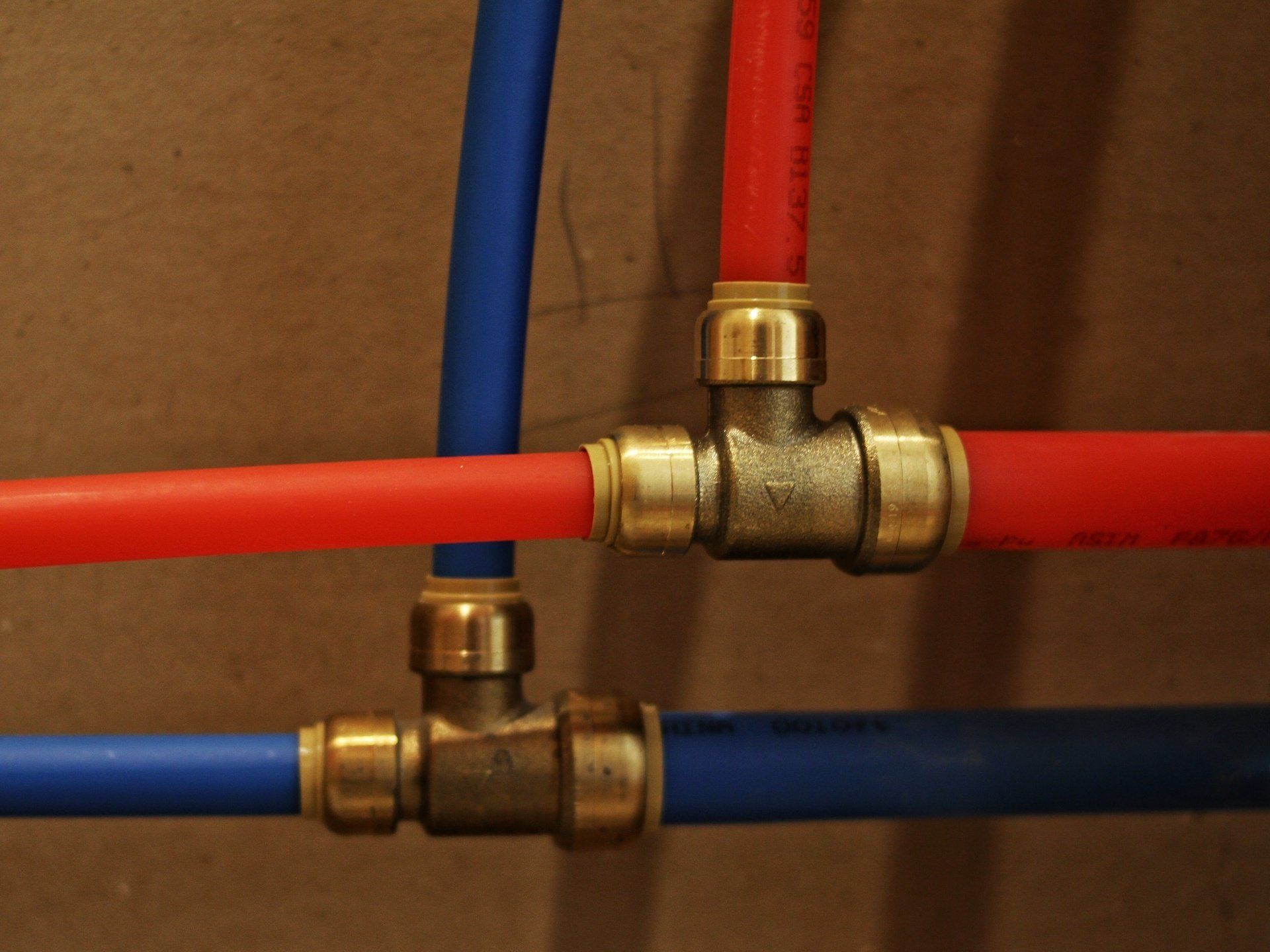
PEX Pipe
PEX is another popular type of plastic piping, known for being strong, heat-resistant, and corrosion-resistant, making it extremely useful in plumbing; some plumbers even prefer PEX over copper, largely because of its flexibility and affordability. PEX uses compression fittings, which require a specialized tool. Because these fittings eliminate the need for glue, PEX is great for areas without proper ventilation.
However, PEX pipes are not recommended for outdoor use. Like PVC, it deteriorates when exposed to UV rays and cracks when exposed to cold temperatures.
At the local level, the use of PEX is permitted or denied by your municipal code. Some local plumbing codes may allow PEX to be directly connected to your water heater or may require a combination of copper and PEX with a minimum run of copper pipe connected to the water heater's inlet and outlet, then connected to PEX.
High Density Polyethylene Pipe (HDPE Pipe)
HDPE pipe is a type of plastic pipe that can withstand heat and the elements, often a recommended pipe for solar water heater installations (also in Australia). Additionally, many types of HDPE are suitable for drinking water based on NSF and ANSI testing standards; you verify whether an HDPE pipe is NSF certified if it bears the NSF-61 mark and/or the NSF mark for potable water (see NSF Sheet on HDPE).
HDPE pipe is considered one of the best plastic pipes available, however, it also the most expensive plastic pipe.
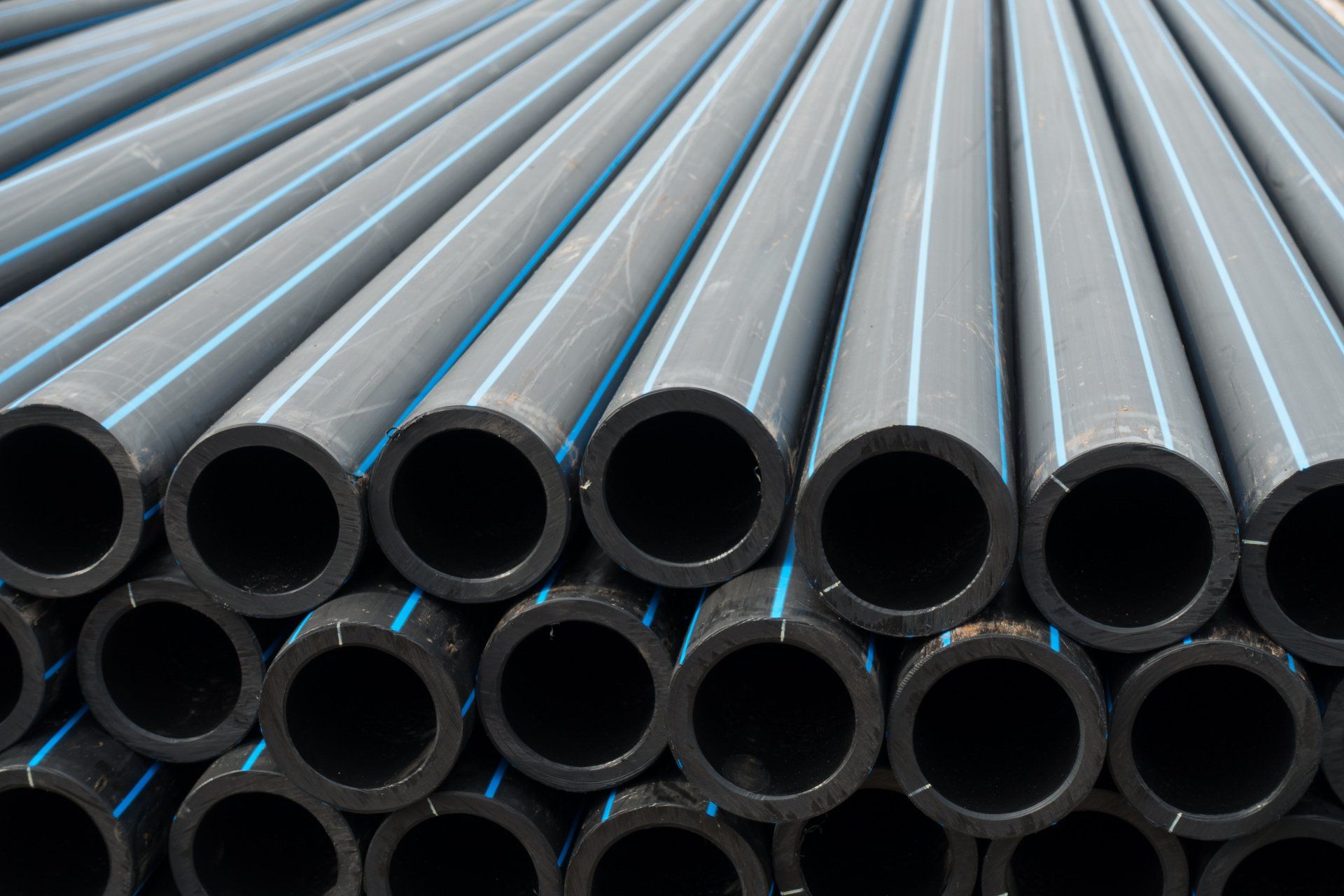
What Pipe Is Best For Your Water Heater?
Water heaters involve numerous types of tubing: water supply pipes/inlets, vent pipes, gas pipes, and outlet pipes for hot water. Different materials will work best at different parts of your hot water system, depending on your local plumbing/building codes, budget, preferences, and the specifics of your setup. Please note: you should also maintain consistency across your installation (i.e., you should not have copper for your inlet and PEX for your outlet).
These water heaters were not installed by uswhpro
Water Pipes
Cold Water Inlet
Copper is considered the plumbing industry standard for water heaters.
It offers neat and simple water lines, but is more costly than its plastic counterparts like PEX and CPVC.
PEX may be used for the water inlet going to the water heater, permitted your municipal code allows it. Two of the key highlights of PEX pipe are its flexibility and affordability.
PVC and cast iron pipes should not be used to reduce the risk of potential water supply contamination from the pipes themselves.
Outflow Pipe | Water Outlet
Your water heater's outflow pipe (the pipe that leads hot water out of your water heater towards other fixtures) may consist of: copper, CPVC, or PEX. All these options can withstand heat for years without deterioration.
Please refer to your municipal code when deciding on pipe materials.
Gas Pipes
Similar to the water inlet and outlet discussion, pipe for transporting natural gas or LP gas to water heaters tends to black malleable pipe. However, this may be substituted with flex lines if the local codes permit.
Vent Pipes
A gas water heater emits toxic gas (flue gas), and a ventilation system transports the gas outside. Water heater venting material is determined by the type of unit (i.e., Standard Atmospheric, Power Vent, Tankless, etc.); improper venting materials and/or vent runs will not only impact your water heater's warranty, but may also pose safety risks to anyone at your home if the flue gases (gases produced as a byproduct of regular water heater operations) containing carbon monoxide are not properly exhausted/led out of you home by the venting. Check out our mini blog series: Venting 101 Part I and Part II for more specifics on water heater venting.
In the case of non-condensing, standard atmospheric, and direct vent units the gas contains heat that can damage plastic pipes. You will need to use metal pipes.
In the case of a condensing or power vent unit, the gas escaping outside through the vent pipes is cool instead of hot, making
PVC an acceptable tubing option.
Bottom Line: The water, gas, and/or venting materials for your water heater will be determined by multiple factors, but namely:
- Your municipal codes
- Manufacturer's installation requirements + safety recommendations
In areas where plumbing codes allow for either hard pipes or flex lines, plumbers and customers most often choose their piping material based on:
- budget (copper tends to be more expensive)
- aesthetic (since PEX is flexible, lines run with this type of pipe may not have as "neat" of an appearance as copper pipe)
- perceived durability (since copper has been the plumbing industry standard, PEX is often perceived as being less durable)

U.S. Water Heating Solutions
Whether you need to replace a leaking supply line or modify your venting for a new water heater, it's important to choose the right material for your installation setting.
At U.S. Water Heating Solutions, our factory trained service technicians can give you the best suggestions for your water heater hookup and ensure that it adheres to all building codes and manufacturer specifications.




